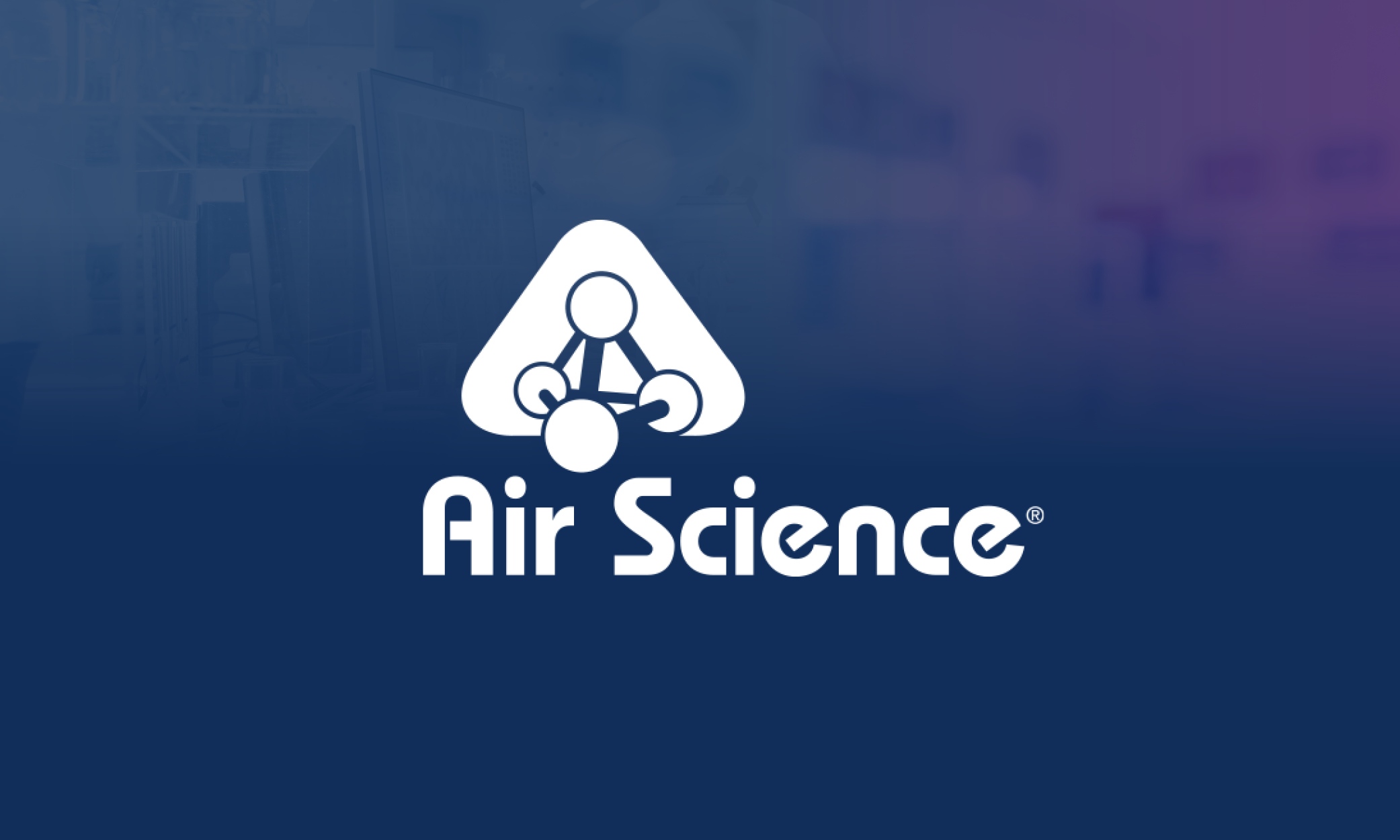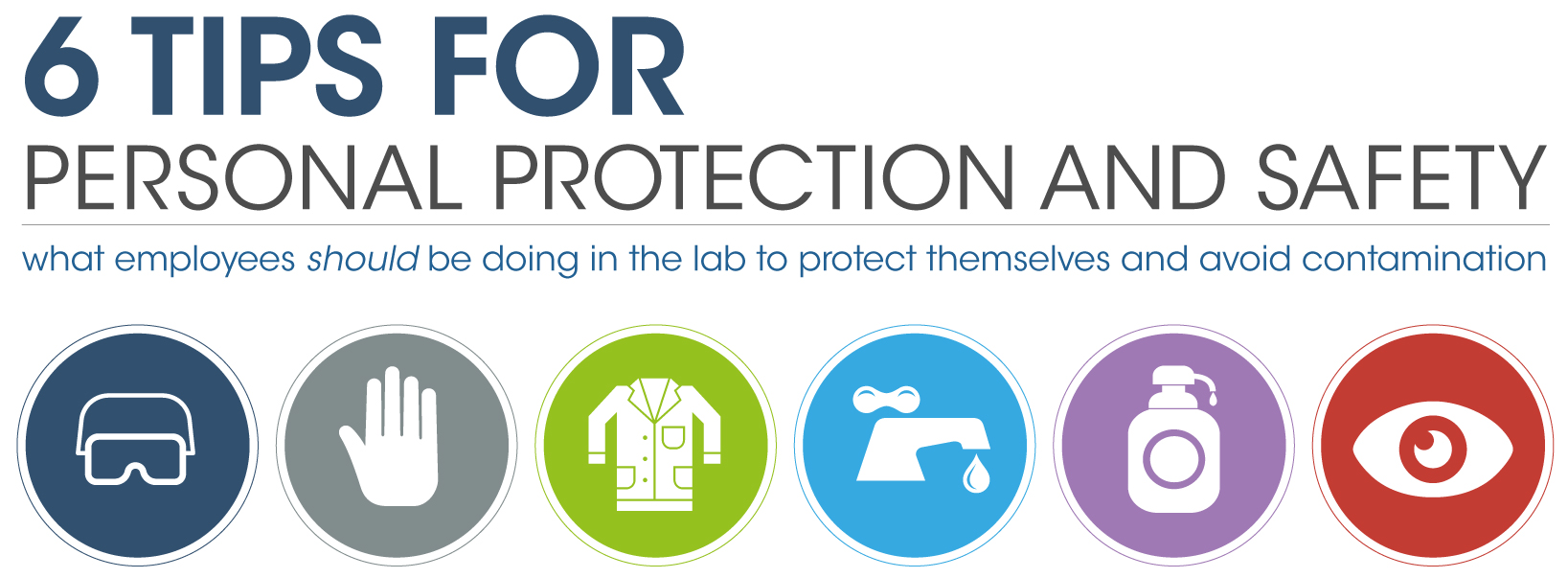
In the United States alone, there are more than 500,000 workers who are employed in laboratories. Every day, laboratory workers are exposed to numerous potential hazards including chemical, biological, physical and radioactive hazards as well as musculoskeletal stresses. Laboratory safety is governed by numerous local, state and federal regulations. Over the years, the Occupational Safety and Health Administration (OSHA) has published rules and guidelines to make laboratories increasingly safe for personnel, including the Laboratory Fact Sheet and the Laboratory Safety Guidance resource.
One recent real life reminder of the importance of lab safety and standards is the recent 10 year anniversary of Sheri Sangji’s death, who in December 2008 was working on a chemical synthesis in a lab at the University of California, Los Angeles (UCLA). Sheri was transferring a total of 160 mL of t-BuLi solution using a 60 mL plastic syringe, according to her lab notebook. For unknown reasons, the plunger came out of the syringe barrel and the t-BuLi was exposed to the atmosphere. The t-BuLi ignited, along with Sangji’s clothes.
The California Division of Occupational Safety and Health fined UCLA $31,875 for workplace safety violations leading to Sangji’s death. The Los Angeles County District Attorney charged the University of California system and Harran for felony violations of California labor laws. Sangji’s death and the felony charges rocked the chemistry community and the conversation of creating and maintaining a safety culture became even more cruical.

Rules for proper lab safety equipment include what employees should be wearing in the lab in order to protect themselves from various hazards, as well as basic hygiene rules to follow to avoid any sort of contamination.
- When working with equipment, hazardous materials, glassware, heat and/or chemicals, always wear face shields or safety glasses.
- When handling any toxic or hazardous agent, always wear the appropriate gloves.
- When performing laboratory experiments, you should always wear a smock or lab coat.
- Before leaving the lab or eating, always wash your hands.
- After performing an experiment, you should always wash your hands with soap and water.
- When using lab equipment and chemicals, be sure to keep your hands away from your body, mouth, eyes and face.
Having a strong set of overall laboratory safety rules is essential to avoiding disasters in any lab. Lab Manager recently scoured the safety policies of several laboratories to determine some of the most common lab safety rules out there, to help you whether you’re developing or updating a set of policies for your own lab. Of course, safety rules are only effective when they are enforced, which is why strong lab management is so important to a safe laboratory as well.
General Laboratory Safety Rules
Here are the top 25 safety rules that most commonly came up in their look at several laboratories’ policies. The following are rules that relate to almost every laboratory and should be included in most safety policies. They cover what you should know in the event of an emergency, proper signage, safety equipment, safely using laboratory equipment, and basic common-sense rules.
- Be sure to read all fire alarm and safety signs and follow the instructions in the event of an accident or emergency.
- Ensure you are fully aware of your facility’s/building’s evacuation procedures.
- Make sure you know where your lab’s safety equipment—including first aid kit(s), fire extinguishers, eye wash stations and safety showers—is located and how to properly use it.
- Know emergency phone numbers to use to call for help in case of an emergency.
- Lab areas containing carcinogens, radioisotopes, biohazards and lasers should be properly marked with the appropriate warning signs.
- Open flames should never be used in the laboratory unless you have permission from a qualified supervisor.
- Make sure you are aware of where your lab’s exits and fire alarms are located.
- An area of 36″ diameter must be kept clear at all times around all fire sprinkler heads.
- If there is a fire drill, be sure to turn off all electrical equipment and close all containers.
- Always work in properly-ventilated areas.
- Do not chew gum, drink or eat while working in the lab.
- Laboratory glassware should never be utilized as food or beverage containers.
- Each time you use glassware, be sure to check it for chips and cracks. Notify your lab supervisor of any damaged glassware so it can be properly disposed of.
- Never use lab equipment that you are not approved or trained by your supervisor to operate.
- If an instrument or piece of equipment fails during use, or isn’t operating properly, report the issue to a technician right away. Never try to repair an equipment problem on your own.
- If you are the last person to leave the lab, make sure to lock all the doors and turn off all ignition sources.
- Do not work alone in the lab.
- Never leave an ongoing experiment unattended.
- Never lift any glassware, solutions or other types of apparatus above eye level.
- Never smell or taste chemicals.
- Do not pipette by mouth.
- Make sure you always follow the proper procedures for disposing lab waste.
- Report all injuries, accidents, and broken equipment or glass right away, even if the incident seems small or unimportant.
- If you have been injured, yell out immediately and as loud as you can to ensure you get help.
- In the event of a chemical splashing into your eye(s) or on your skin, immediately flush the affected area(s) with running water for at least 20 minutes.
Personal Protection Safety Rules
Our Commitment to Customer Safety and Product Performance
Air Science products are directly linked to occupational safety and environmental guidelines set forth by third-party organizations, and we invest in several U.S. and international standards programs associated with all phases of our product development and application.
Our areas of compliance and certification include:
- Biosafety Cabinet performance: NSF 49; EN12469; UL61010-1.
- Manufacturing facility workplace safety and waypoint quality monitoring: ISO-9001
- Product design and ergonomic optimization: ANSI Z 9.5-2003; ANSI Z 9.7-1998
- Containment: ANSI/ASHRAE 110 1995; SAFEBRIDGE Performance Verification (VE)
- Filter efficiency: B 7989-2001; SEFA Standard 9; ANFOR NFX 15-211
- Biological filtration: IEST-RP-CC-0034.2; IEST-RP-CC007.1; IEST-RP-CC001-4; EN 1822
- Electrical safety: UL-C-61010; CE Mark; ROHS Exempt under EEE Category 9
- OSHA: Standard 29 CFR
- ADA (Americans with Disabilities Act): wheelchair access and lowered controls
- Educational and classroom use: CLEAPPS instruction approved
- Environmental optimization: ISO 14001; ENERGY STAR® Partner
- LEED: Air Science products contribute to LEED certification as part of an integrated facility design and management program.
For detailed information on specific criteria considerations applied to U.S. and international markets contact us or visit www.airscience.com.